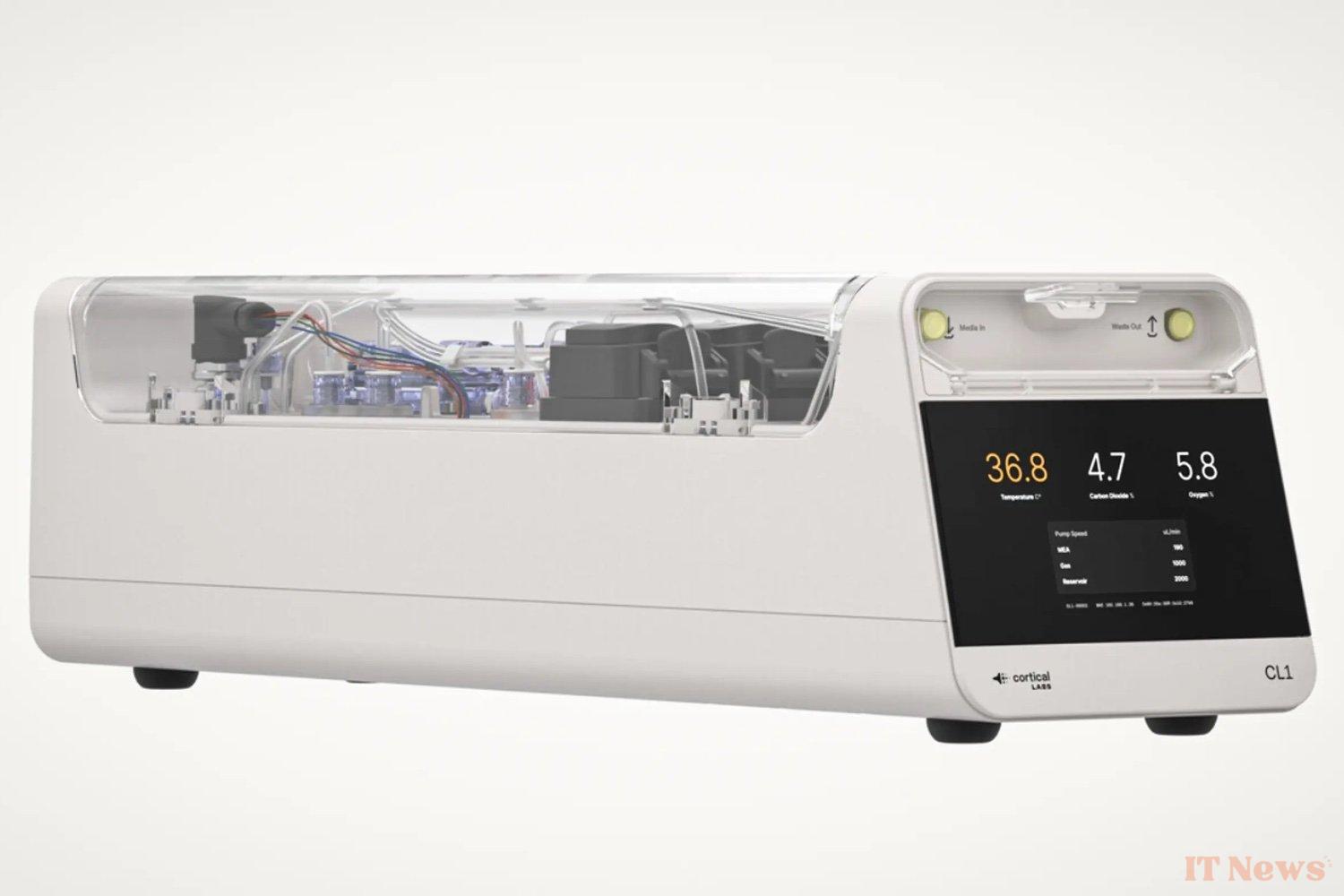The concept of this computer: integrate human neurons grown in the laboratory into a silicon chip to create a computing system capable of learning and adapting like a brain. Presented during the MWC in Barcelona, this project raises quite a few questions!
Human cells to boost computers
The CL1 works thanks to a network of living neurons placed on an electronic chip. These cells communicate with the system via electrical impulses, react to stimuli and organize themselves to process information. In short, the computer no longer just executes fixed algorithms: it learns in real time, a bit like a human brain.
This principle is not entirely new. In 2022, Cortical Labs had already made waves by showing that a neural network could learn to play Pong. With the CL1, the company is going further by putting this technology to available to researchers and companies, in the form of a marketable product.
This advance is based on a simple idea: harnessing the flexibility of neurons to create more responsive and energy-efficient machines. Unlike conventional chip-based systems, which require enormous amounts of data and computing power, biological neurons have the ability to learn quickly with less information, making the entire process more efficient.
The CL1 will be available starting in June for around $35,000. According to Cortical Labs, this type of computer could outperform traditional systems in areas such as recognizing complex patterns or making decisions under uncertainty. For researchers, access to This technology will be facilitated by a "Wetware-as-a-Service" system: no need to buy an entire unit, it will be enough to rent computing time on these machines via the cloud.
But it's not all that simple. Building and maintaining a biological computer is not as trivial as producing a silicon chip. Cells must be kept alive in optimal conditions, and their behavior remains difficult to predict. There is also the ethical question: even if Cortical Labs assures that these neurons do not possess any consciousness, the idea of using "living" in a computer could spark debate.
And then, can we produce these biological computers in large quantities and at an affordable cost? How can we ensure their longevity, when neurons, unlike silicon chips, are subject to natural life cycles? These are challenges that Cortical Labs will have to overcome if the company wants to make the CL1 a viable product in the long term.
In the meantime, the CL1 marks an interesting step in the evolution of artificial intelligence. By combining biology and technology, Cortical Labs is imagining new ways of designing intelligent systems. It is not certain, however, whether this approach can prevail over traditional models, and to what extent it can be exploited in research and industry.



0 Comments